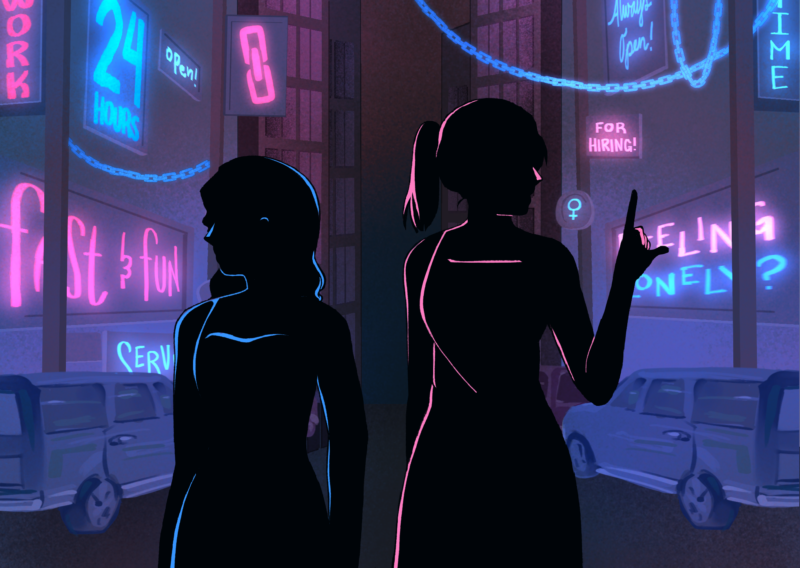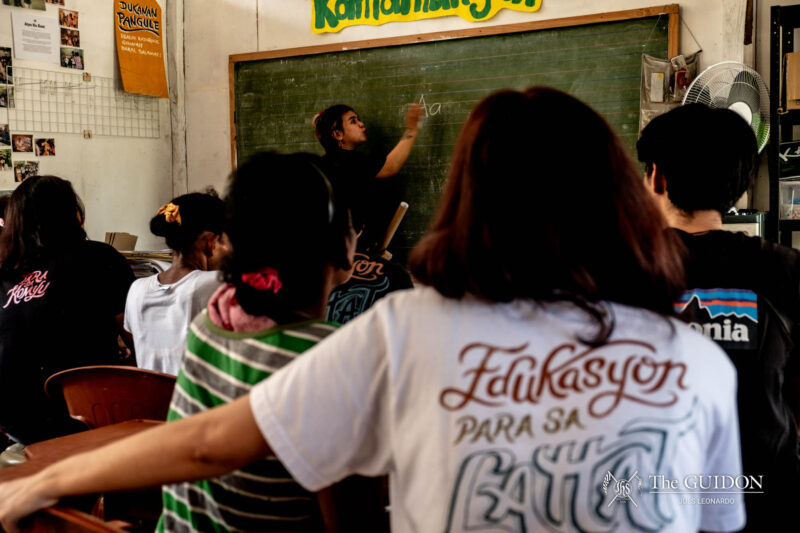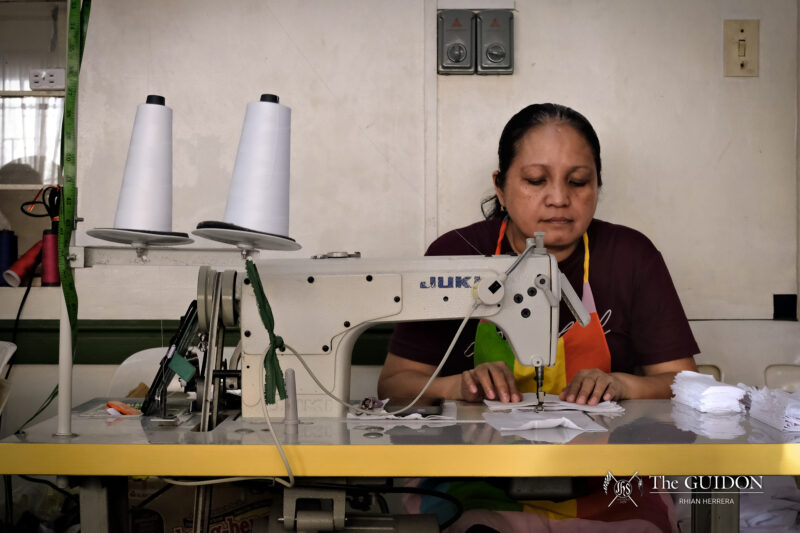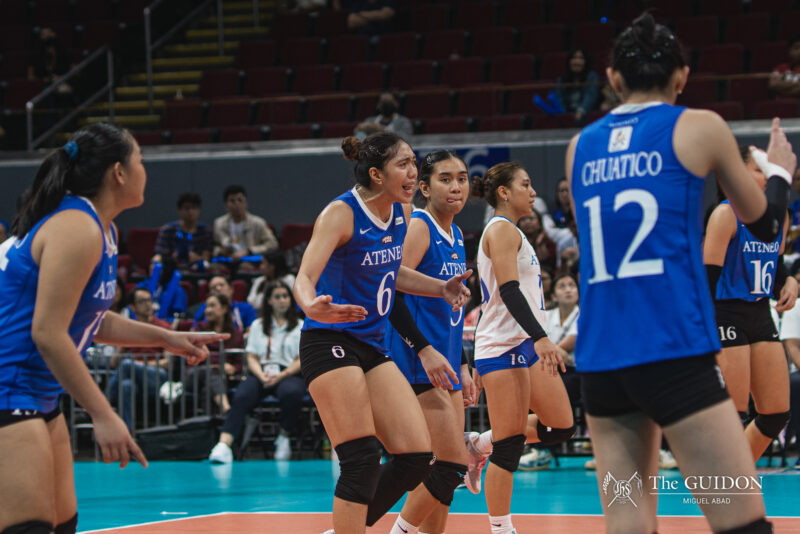The normally busy streets of Metro Manila are quiet and empty. Almost no one is out and about. The air is unusually quiet, except for cacophonies of yells that punctuate the surroundings every few moments.
The Philippines has stopped. Everyone—politicians, paupers, students, even the criminals—is glued to their television or radio set. Eventually, an enthused bedlam ensues, with people all over the country shouting with joy.
Manny Pacquiao wins again. He raises his arms in jubilation. Meanwhile, somewhere in the Philippines—a lot of somewheres—kids are gazing at the TV. Some are already imagining how their dream can take flight.
Rise above
Boxing is a sport that has seen its fair share of Filipino legends. From older icons like Pancho Villa and Flash Elorde to modern day heroes like Manny Pacquiao and Nonito Donaire, the Philippines has a rich history of boxing talent.
All these champions have one thing in common—they started with a dream. Pacquiao’s own boxing journey began on the streets of General Santos City, where he watched as Mike Tyson was beaten by a smaller man, Buster Douglas, on TV. More than anything, though, what motivated Pacquiao to enter the ring was the promise of money. At the time, he was helping support his family by selling cigarettes on the streets.
This same story is told over and over across the country. “In poorer countries like Mexico and the Philippines, becoming a professional boxer is mainly a financial and economic decision,” says Mike Ochosa, owner of Punchout Boxing Club and one of Philippine boxing’s staunchest supporters. “It’s a way for these young men to try and get out of poverty.”
However, for every Pacquiao and Donaire who gains international renown, there are even more boxers who do not reach such great heights. “A lot of boxers do not really have a steady income,” says Ochosa. “They just train at the gym, and wait for fights to be scheduled. If they do not get any fights, there is very little money to go on.”
There is also the fact that some boxers do not have much to fall back on after their days in the ring are over. “Due to its physical nature, there is no real need for schooling in boxing,” says Ochosa.
This consequently leads many Filipino boxers to lay all their eggs in the sport’s basket. A very sobering story is that of Rustico Torrecampo. The last man to knock out Manny Pacquiao is now a street vendor, peddling fishballs to passers-by. The heights reached by boxers can be staggering, but the lows can be equally devastating.
Rocky VII
Even former champions find it difficult to sustain their run. Rocky Palma is a former professional boxer, a former champion. He currently works as a trainer in the Elorde Boxing Gym along Katipunan Avenue.
“I started training in boxing at a very young age, around 10 years old,” Palma says in Filipino. “I had several amateur bouts in Negros, where I grew up, before moving to Manila and joining the professional circuit.” His amateur career started at the tender age of 13 years old. He turned pro in 1994, at the age of 16.
Palma went on to have a modicum of success in the sport. Over the course of a seven-year career, he amassed a record of 18-7-3 (18 wins, seven losses, and three draws). Nine wins came by way of knockout, successfully capturing the World Boxing Council International Strawweight Championship. (He even faced Manny Pacquiao once, losing by decision. “Iba talaga si Pacquiao (Pacquiao is really on a different level),” he says.
His travels have taken him many places. “Japan, China, Hong Kong, Korea. (…) I reached all of these through hard work,” he says.
Now retired for seven years, he is able to speak with authority about life in professional boxing. “The training is hard, very hard,” Palma says in Filipino. “Pero ganoon talaga. Kahit umabot pa sa iyak, ganoon talaga. (But it is really like that. Even if I was forced to tears, it is really like that.)”
When asked to give advice to aspiring boxers, Palma does not talk about boxing know-how or technique. “Study while training,” he says. “Even if you don’t reach college, just work hard at it. Basta may mapag-aralan. (As long as you acquire education.)”
Palma is now far away from the exciting life he led as a professional boxer. His paydays have shrunk, and there are no more big fights on the horizon to look forward to. However, he finds pride and joy in being a trainer. “A lot of my students have become professionals already—people I trained in Sucat, for example. Even some of my girl students have become fighters,” he says with a proud smile.
Boxing day
The boom or bust stories of Torrecampo and Palma are pictures of what boxing is like in the Philippines. Standing in stark contrast to these is the experience of first-world boxers, boxers from the US, Japan, or Canada. “In these countries, boxing is more like a sport for fun, rather than [an] escape [from] poverty,” says Ochosa. Some of these boxers enter the ring because they want to—not because they have to.
Amateur fighter Jake Fox, for example, agrees. Based in South Austin, Texas, he has been boxing in the amateur circles for about a year now. “I wanted to train for self-defense, basically,” he says. “I grew up in the inner city and it was sort of difficult not to get into conflicts.”
While Fox loves the sport—“I want to box as long as I can, even if I end up like Bernard Hopkins, fighting at 43,”—boxing is not number one in his life.
“For a long time, it was a way of life for me. However, a string of personal problems and work kept me from boxing for about two months,” says Fox. If he does not end up being a professional boxer, he has his education to fall back on. He is a college student and he plans to pursue a career in urban design if his pro stint does not work out.
Boxing has also begun to establish a presence in the Ateneo. At the Elorde Gym, logbooks are filled with names of Ateneo students. Jaime Marquez (III BS Bio) says curiosity initially attracted him to boxing. “I wanted to know what it was like,” he says. “I also train for the fitness and self-defense benefits.”
Jaime is an example of a lifestyle boxer, someone who trains not mainly to fight, but to get in shape. He sees boxing not as a career path, but as a hobby. “I enjoy doing it, and I do it a lot. I am not going to be a pro, but I am going to continue my training.”
Something for everyone
Boxing is a sport that has followers worldwide and from all walks of life. It is a sport that means different things to different people. For Jaime, it is fitness and a better lifestyle. “Conditioning, reflexes. It affects everything, man!”
It also provides the thrill of sport, of competition. “I step into the ring for sparring, and I get a feeling I do not get from anything else,” says Fox. “Some people get pressured when the fight starts, but for me, it is a rush I look forward to.”
And for some, it is the stuff of dreams. Palma says, “Sa boxing, natupad ko ang mga pangarap ko. Sipag lang talaga at tiyaga. (“Boxing let me fulfill my dreams, with hard work and perseverance.)”






